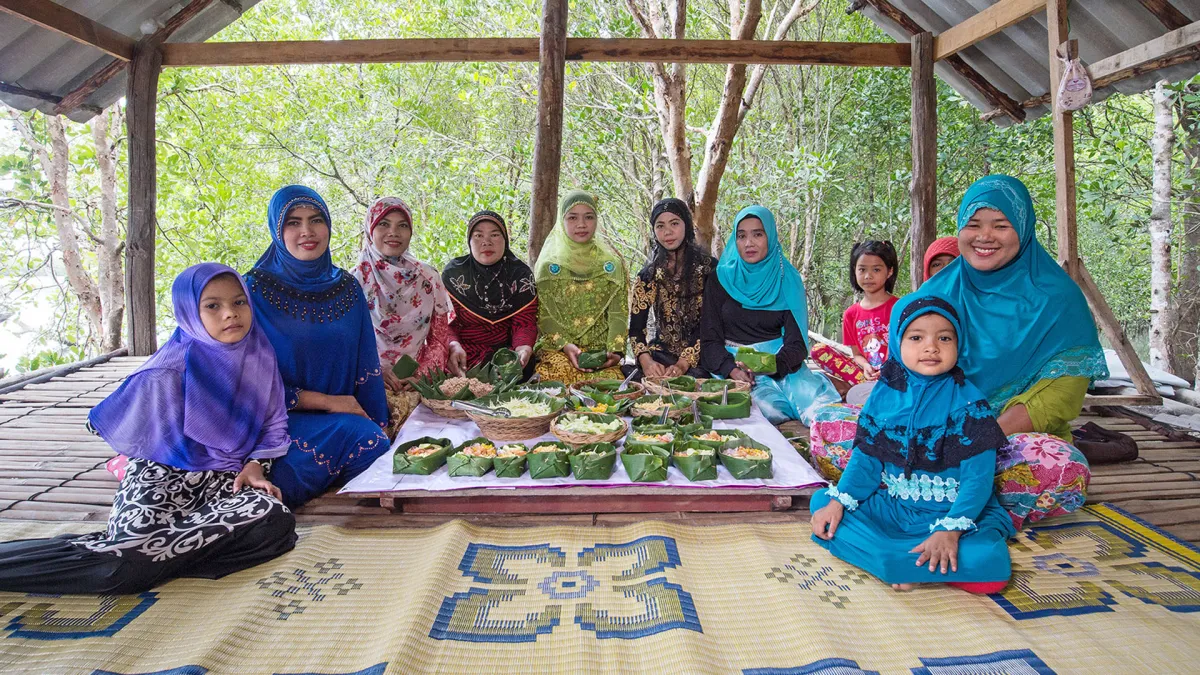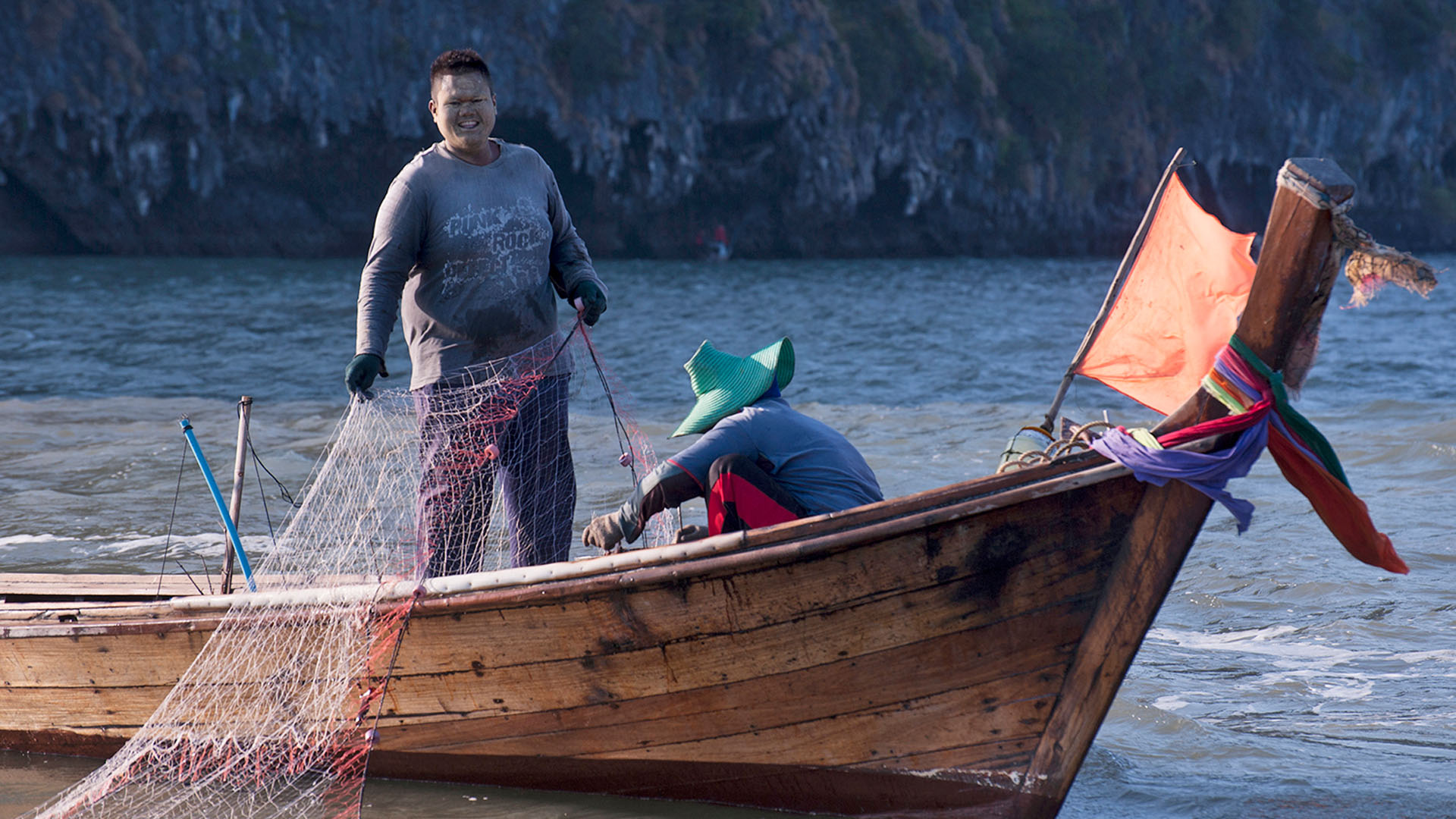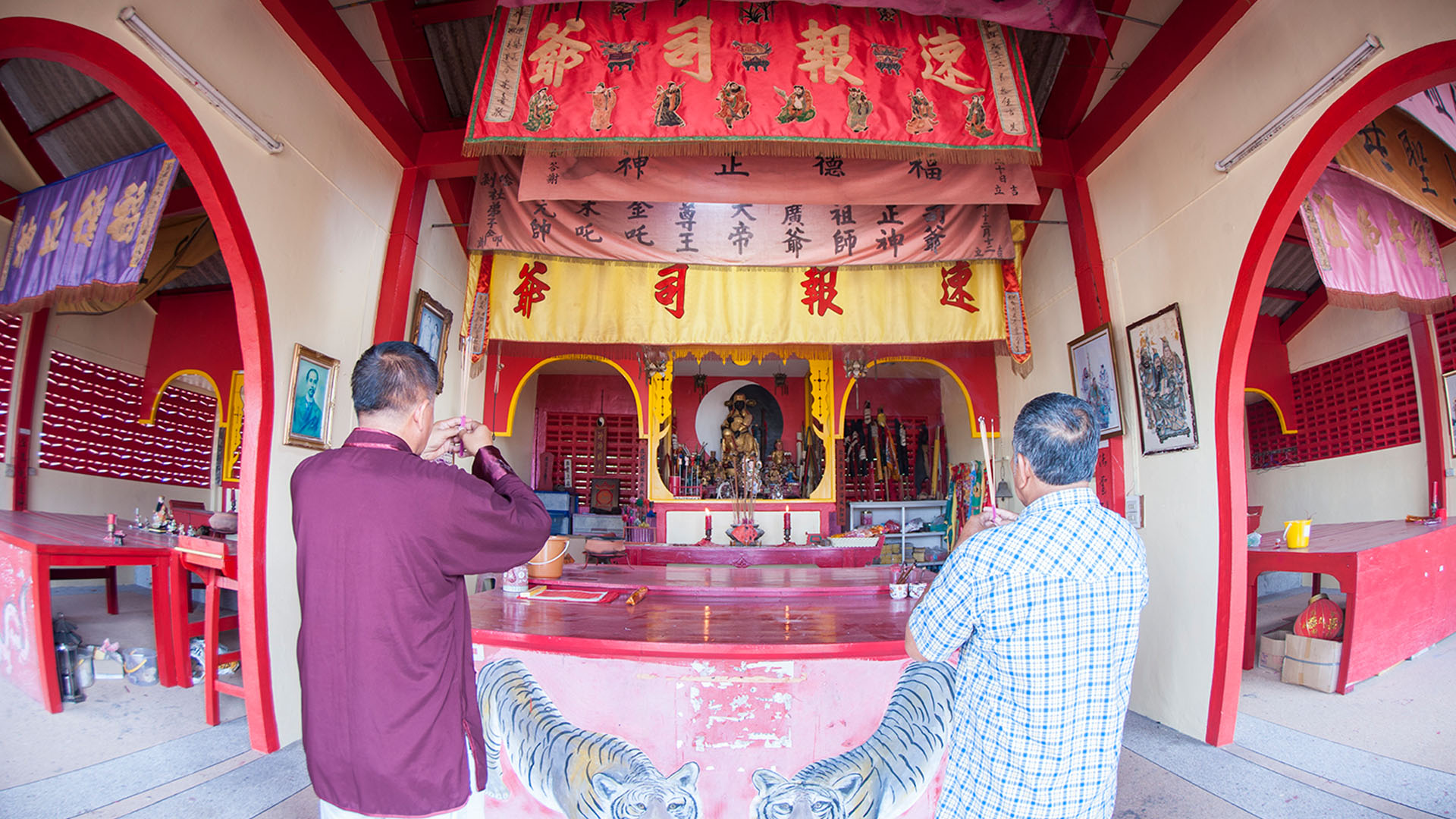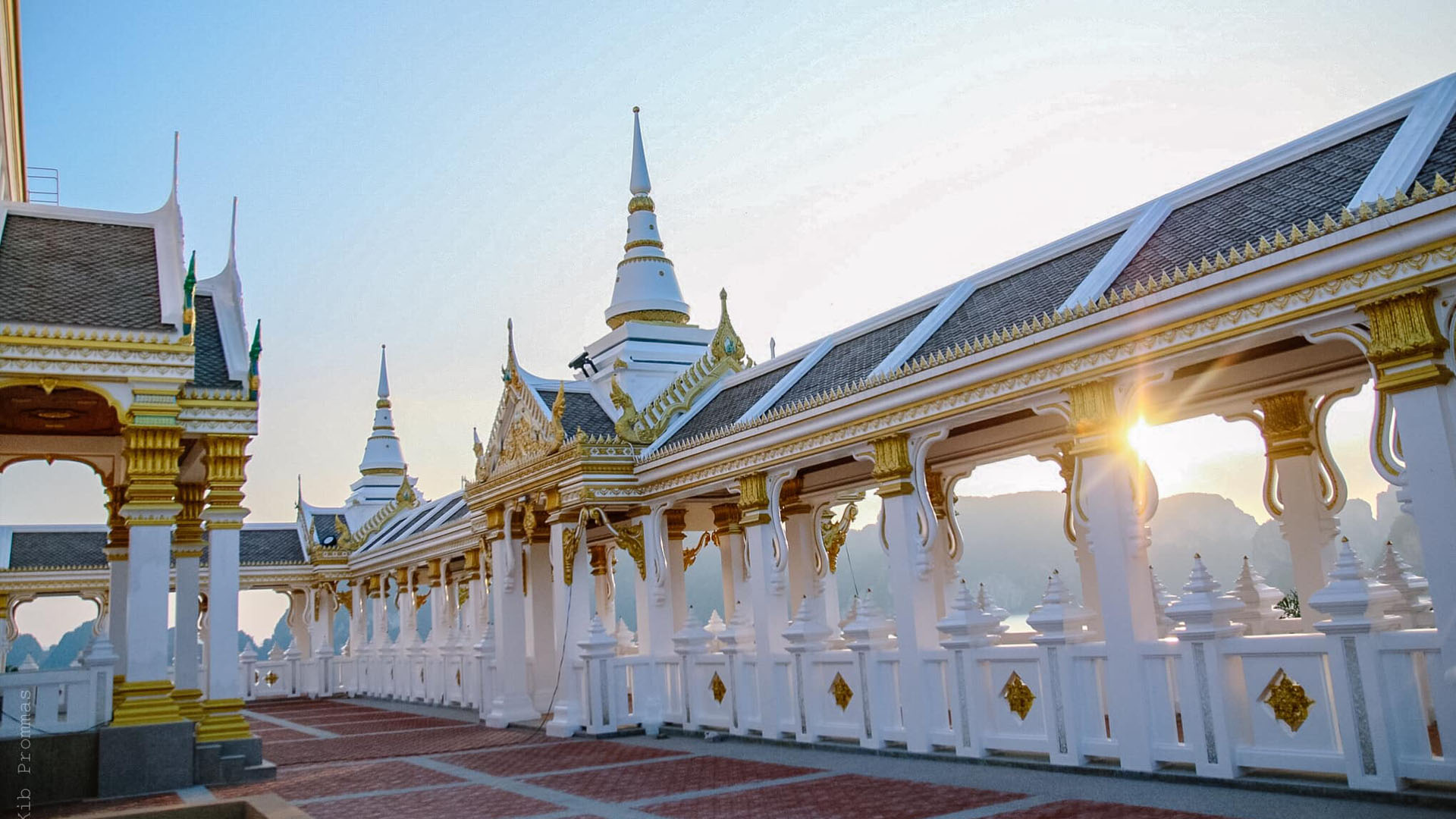
Cultural Tourism: Sak Cape – The Three-Culture Land in Krabi
Lam Sak, or Sak Cape Community, is a small village with a unique culture of having three different ethnic groups living together for many years: the Thai-Buddhist, Thai-Muslim, and Thai-Chinese. Most of the Thai-Buddhist people moved from Nakhon Si Thammarat, while the Thai-Muslim people are the descendants of Malaysians from Negeri Perlis, and the Thai-Chinese descended from the Chinese who migrated from Hokkien, China. The settlement of the three groups happened at about the same time, which was during the beginning of the Rattanakosin period. As was natural, people fell in love and got married without the boundaries of ethnicity and religion. There are important religious sites, which are Wat Maha Tat Lam Sak, Sola Hutdin Mosque, and Sok Po Seia Shrine. The community is surrounded by the sea and the mountains, so it is called “Tale Nai.” You can travel here all year round because of the advantage of its geography – the mountains help block the storms. Such unbelievable beauty!

It’s not only the natural locations that are interesting but also the activities in the community, such as biking to see the lifestyle of the people and its important religious locations, enjoying local sweets, taking a cooking class (for instance, Kochi Sui and Thai shrimp fried rice), learning how to breed paphiopedilum orchids, learning how to breed orchids in the forest at Khao Chang Mob, and simply enjoying the view of the orchid fields.

Lam Sak community is located at the end of a cape in the Andaman Sea and Phang Nga Bay. You can cruise to see the beauty of the island and other limestone islands, the mangrove forests, Pha Khom, Khao Lek Kon, and more. You can also travel to other islands in Krabi, as well as Khao Yao Noi and Khao Yao Yai in Phang-nga.

Before you leave, be sure to make a stop at the community's souvenir shop at Blue House Building, which is in the Sino-Portuguese style of the Baba-Nyonya culture. The products in the shop include batik cloth, Baba-Nyonya costumes, contemporary batik pants, batik bags, medical cosmetics from grape seaweed, and plenty more.

If you are fascinated by the beauty of this place, you can stay at a homestay in the community and try their local food, such as horse crabs in Jek Chai soup, Pla Jook Krueng (fish stuffed with spices), fried boneless fish, three-type seaweed, traditional Baba-Nyonya sweet Kosui, Jak Jai sweet, and shrimp paste fried rice with shrimp, which is one of their more famous products.